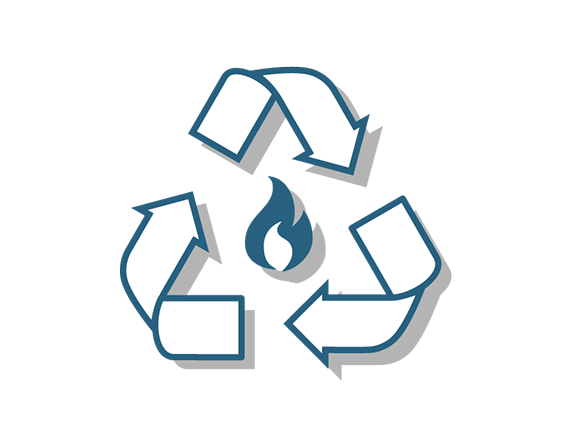
Alternative fuels are reducing CO2 emissions (image: Holcim (Schweiz) AG)
Cement plants recycle waste materials
Recycling waste in the most efficient way possible makes sense from both a social and national economic perspective. As the production of cement requires high temperatures, cement plants make for extremely efficient waste incinerators. The temperatures involved are so high that no residual waste – which can be expensive to dispose of – is left over. Waste is recycled both materially and thermally, meaning that it becomes part of the cement itself! Many different ecological studies have been conducted on this topic, all of which show that incinerating certain fractions of waste in cement plants is very practical.


